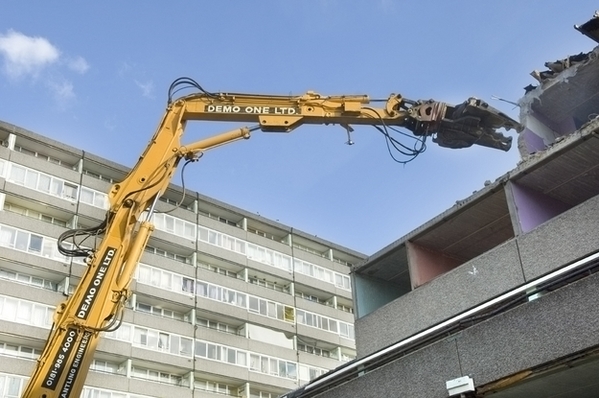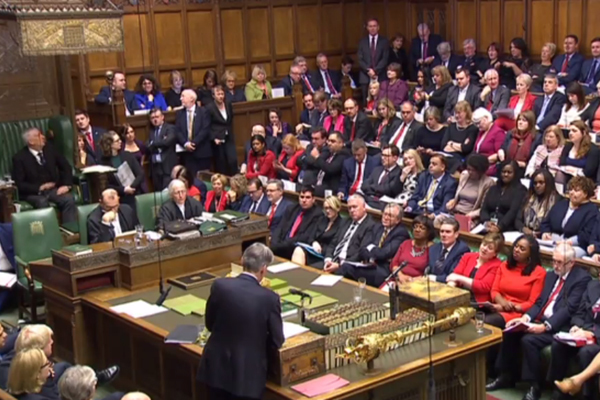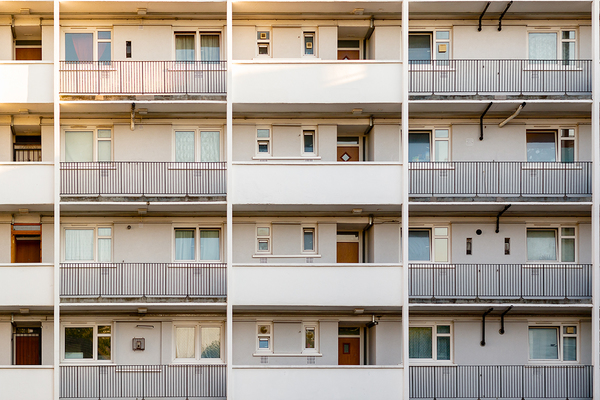You are viewing 1 of your 1 free articles

The government must keep its promise to build more homes at social rent
Ministers are saying the right things when recognising the problem of unaffordable housing, but little action has so far materialised, writes Terrie Alafat
The government must make the building of more homes at social rents its number one housing priority.
Its ambitious new target to build 300,000 new homes a year is something we can all get behind, but the homes we build have to be homes that people can afford. And we know that for a significant amount of people, housing at social rents is the only truly affordable option.
There is even a bigger problem: not only are we not building enough of these homes, we are actually losing a huge amount of them each year.
Research we released earlier this month showed that we lost 150,000 homes at social rents between 2012 and 2017 and we estimate that by 2020 that figure will have grown to 230,000 – and that’s taking into account the small number of new homes being built.
So any commitment to build new social rents will first need to focus on filling the huge gap this long-term loss of homes has left before we can even start to make real progress.
The problem is not that the government doesn’t understand this. In fact it has openly acknowledged the issue and pledged to tackle it.
“Any commitment to build new social rents will first need to focus on filling the huge gap the long-term loss of homes has left.”
There was a time not so long ago when it would have been unthinkable for a Conservative prime minister to put the need for affordable housing at the heart of their party conference speech.
But that is exactly what Theresa May did back in October when she pledged a further £2bn for affordable housing which could pay for 25,000 social rented homes over the next five years.
Just a few months prior to that, Gavin Barwell, then housing minister, promised a new generation of homes for social rent.
Such is the language being consistently used by senior government figures, that it feels for the first time in a while that this is a genuine recognition of the problem.
Yet little has actually materialised. In fact, disappointingly, both of those major announcements were diluted shortly after.
We discovered not long after the housing minister’s pledge that the government had in fact meant social housing let at affordable rents – a small difference in language, but a very big difference in meaning.
And shortly after Ms May’s speech, the government confirmed that the 25,000 figure was an estimate and that the exact number of social rents built would depend on bids submitted by councils and housing associations.
“We are haemorrhaging our most affordable properties at precisely the time we need them the most.”
Once again, what appeared to be a direct pledge to build more social rents proved to be anything but that.
The time to make good on the promises is now, because we are haemorrhaging our most affordable properties at precisely the time we need them the most. And we cannot underestimate the impact that is having on the entire housing market.
It isn’t too hard to connect the dots.
House prices and private rents have risen hugely in recent years, and in many areas ‘affordable rents’ – at 80% of market rent – are anything but affordable to a significant proportion of people.
So put yourselves for a moment in the shoes of a family facing that reality.
Unless you can somehow procure a very hefty deposit, homeownership is out.
You could get yourself onto a very lengthy waiting list for social housing, but even then it might not really be affordable for you.
In such instances many end up taking on a private sector tenancy, even though at that point they know that the rent is going to be a stretch – well over half of their wages in many parts of the country.
This is the position many people find themselves in and to make matters worse it’s against a backdrop of stagnating wages and rising living costs.
Unfortunately some people can only struggle on for so long, and that is why the ending of a private sector tenancy remains by far the single biggest cause of homelessness.
“More truly affordable homes would help people to live a life that is not plagued by constant struggle and insecurity.”
It is very clear that building more truly affordable properties is a central part of the solution to the housing challenges we face today. In the early responses to our Rethinking Social Housing project affordability has been a central and consistent theme.
More truly affordable homes would provide a more viable housing option for many, many people. It would help them to live a life that is not plagued by constant struggle and insecurity.
It could provide them with the springboard they need to live the healthy, happy lives Ms May promised to give them when she took office. And it could even be a springboard to help the Conservatives achieve their long-held goal of helping people to own a home.
It was interesting to see in the last English Housing Survey that more people living in social housing than ever are expected to be able to buy their own home at some point in the future – 30% in fact.
Well social renting has been a jumping-off point for first-time buyers even when Right to Buy has been at historic low levels.
The noises we have heard from government over the course of the past year leave little doubt that it understands the need to invest in the building of many more of these homes.
If the lack of affordable options does not indicate how important it is to take action now, then the prospect of losing a further 80,000 of our cheapest rented homes by 2020 must surely be.
Terrie Alafat, chief executive, Chartered Institute of Housing











